How to prepare grassy area for planting
chilipete
12 years ago
Related Stories
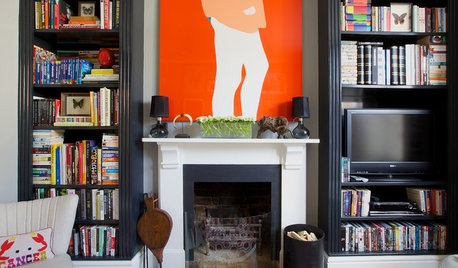
TRAVEL BY DESIGNHow to Prepare Your House for a Home Swap
Trading homes for your vacation? Leave yours in great shape for your guests and help them enjoy a happy break with these 12 tips
Full Story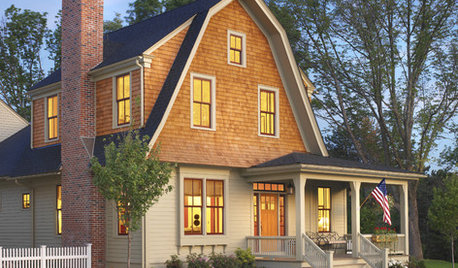
LIFEHow to Prepare Your House for Emergencies
Knock on wood you won't have any big mishaps at home, but it's important to be ready. Our checklist can help
Full Story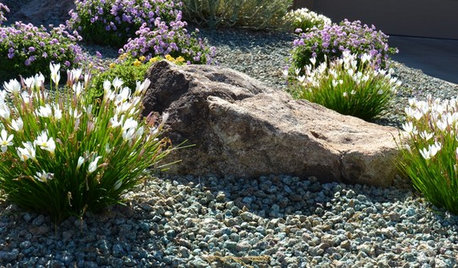
GARDENING GUIDESGreat Design Plant: Showers Bring Zephyranthes Flowers
Plant zephyrlily bulbs now for lovely blooms amid grassy foliage in summer and fall
Full Story
GARDENING GUIDESGreat Garden Combo: 3 Wonderful Plants for a Deer-Resistant Screen
Protect your privacy and keep deer at bay with a planting trio that turns a problem garden area into a highlight
Full Story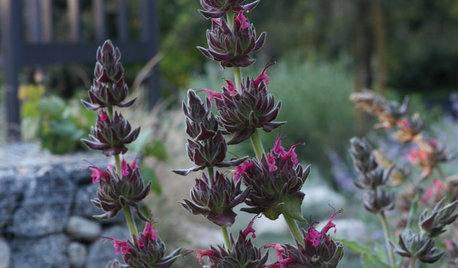
FLOWERS AND PLANTSHummingbird Sage Lures Wildlife With Its Sweet, Fruity Fragrance
This native California ground cover thrives with little water on grassy slopes, under trees or in patio containers
Full Story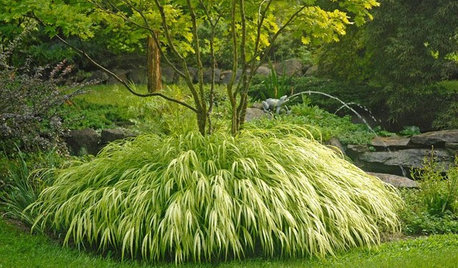
PRODUCT PICKSGuest Picks: 20 Gorgeous Perennials to Plant Now
Take advantage of warm spring weather to create a colorful garden with blooming plants, succulents and ornamental grasses
Full Story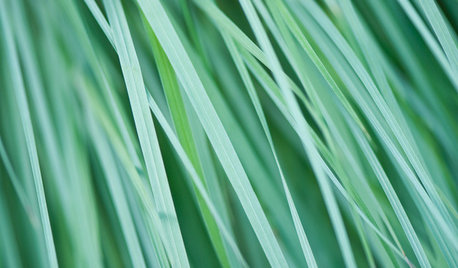
GARDENING GUIDESGreat Design Plant: Little Bluestem Goes Above and Beyond
It thrives in poor soil and provides food and shelter for wildlife. Plus, Schizachyrium scoparium is just a darn pretty native grass
Full Story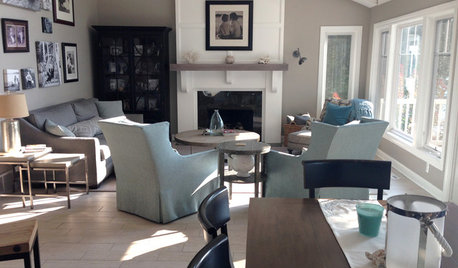
BEFORE AND AFTERSLiving Area Lightened Up and Ready for Anything
Porcelain tile and outdoor fabrics prepare this lakeside home for the challenge of pets and kids
Full Story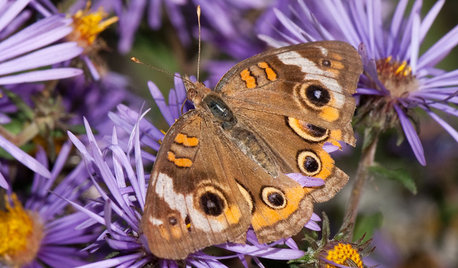
FALL GARDENINGGreat Design Plant: Symphyotrichum Novae-Angliae Ushers in Fall
With bold purple flowers easily accessible to pollinators, New England aster offers loads of interest in the autumn garden
Full Story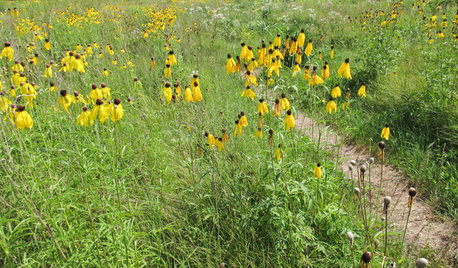
GARDENING GUIDESGreat Design Plant: Ratibida Pinnata Flutters in the Breeze
This bright coneflower brings splashes of yellow to eastern U.S. prairie gardens and perennial borders
Full StoryMore Discussions






spiced_ham
jonhughes
Related Professionals
Windham Landscape Architects & Landscape Designers · Tempe Landscape Contractors · Bainbridge Island Landscape Contractors · Fuquay-Varina Landscape Contractors · Kettering Landscape Contractors · Metairie Landscape Contractors · Mount Kisco Landscape Contractors · Munster Landscape Contractors · Rancho Santa Margarita Landscape Contractors · The Villages Landscape Contractors · Goldenrod Landscape Contractors · Vadnais Heights Landscape Contractors · Crowley Driveway Installation & Maintenance · Concord Driveway Installation & Maintenance · Reston Driveway Installation & Maintenanceoliveoyl3
girlgroupgirl
digdirt2
Belgianpup
Joe1980
digdirt2
alabamanicole
Joe1980
chilipeteOriginal Author
nygardener
Noahsboat
seysonn
jerome60
Charlie
SaxtonSells
nancyjane_gardener
SaxtonSells
shermthewerm
little_minnie